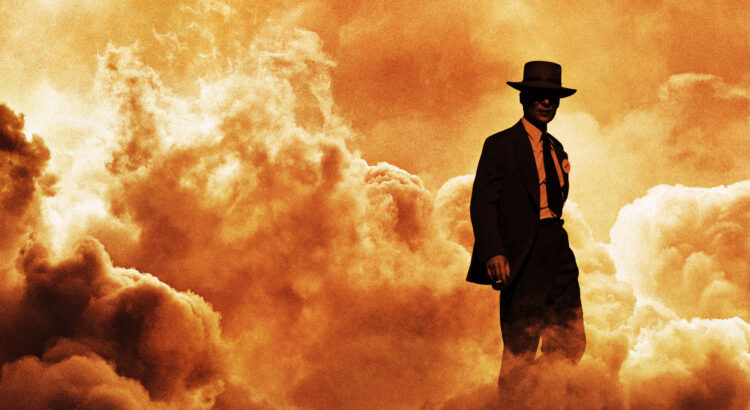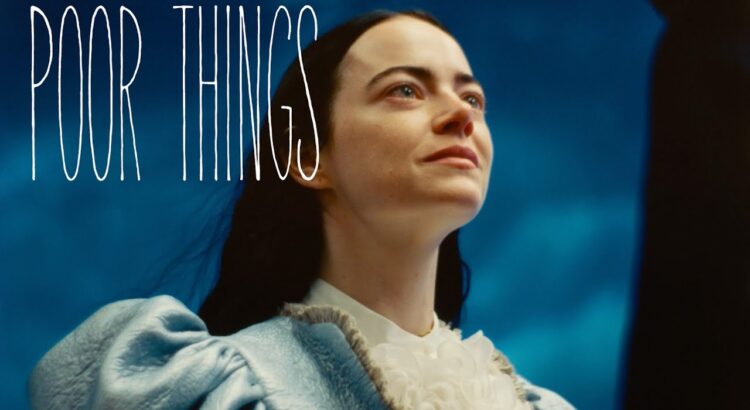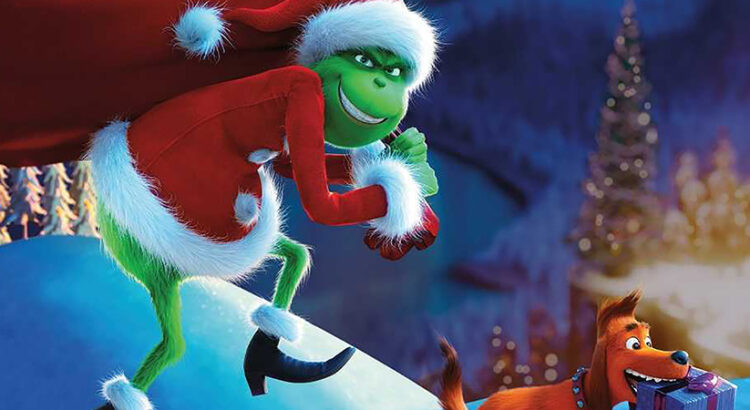This semester’s Michigan Pops Orchestra concert, Tales from the Realm of Pops, has been my favorite concert of the past six I’ve attended. The theme this semester was fairytale and fantasy, and the repertoire was full of my personal favorites that are both famous in the classical world and familiar with most audiences: from Prokofiev’s Romeo and Juliet to The Legend of Zelda to Sleeping Beauty, the orchestra certainly took us on a magic carpet ride.
The first piece to capture my heart was Tchaikovsky’s notoriously hard Violin Concerto in D Major, Op. 35, performed by this year’s High School Concerto Competition winner Minji Kim, a Junior studying at Skyline High School. The past three High School Concerto Competition winners have all been violinists, but she’s left the biggest impression on me so far. The first movement of Tchaikovsky’s violin concerto, the Allegretto, features intense lyrical runs up and down the violin, which Minji nailed each time. What impressed me the most were her double stops. Double stops mean two notes are being played at the same; this requires the bow to be completely evenly balanced on the strings while the fingers are to be a precise distance apart. It’s very easy to be out of tune when playing double stops, especially while shifting, but Minji made it sound incredibly easy with her crystal-clear tone and perfect intonation. This was my first time listening to this concerto live, and it couldn’t have been any better.
Right after came one of the unarguably best orchestral works to ever exist: Scheherazade, Op. 35 by Nikolai Rimsky-Korsakov. Pops played the third movement, The Young Prince and the Young Princess. Just like the title suggests, it’s an incredibly romantic movement that passes the melody between the strings and winds, as if they were lovers conversing. The lyrical line evokes so many feelings, such as yearning and passion before turning into playful flirting when the tempo picks up. I highly recommend listening to all of Scheherazade. It’s truly a piece that shows music can weave a colorful story and brings out the violin’s full potential during the many concertmaster solos, which Katie Zhao did an amazing job of.
I’m so glad I got to attend this concert despite being busy with finals and the coming end of the semester. It whisked me away from my stress and worries and was the best refuge I could get. I’m now all the more excited to come back to another Michigan Pops concert next year, and I wonder if they’ll be able to top this semester’s amazing collection.








